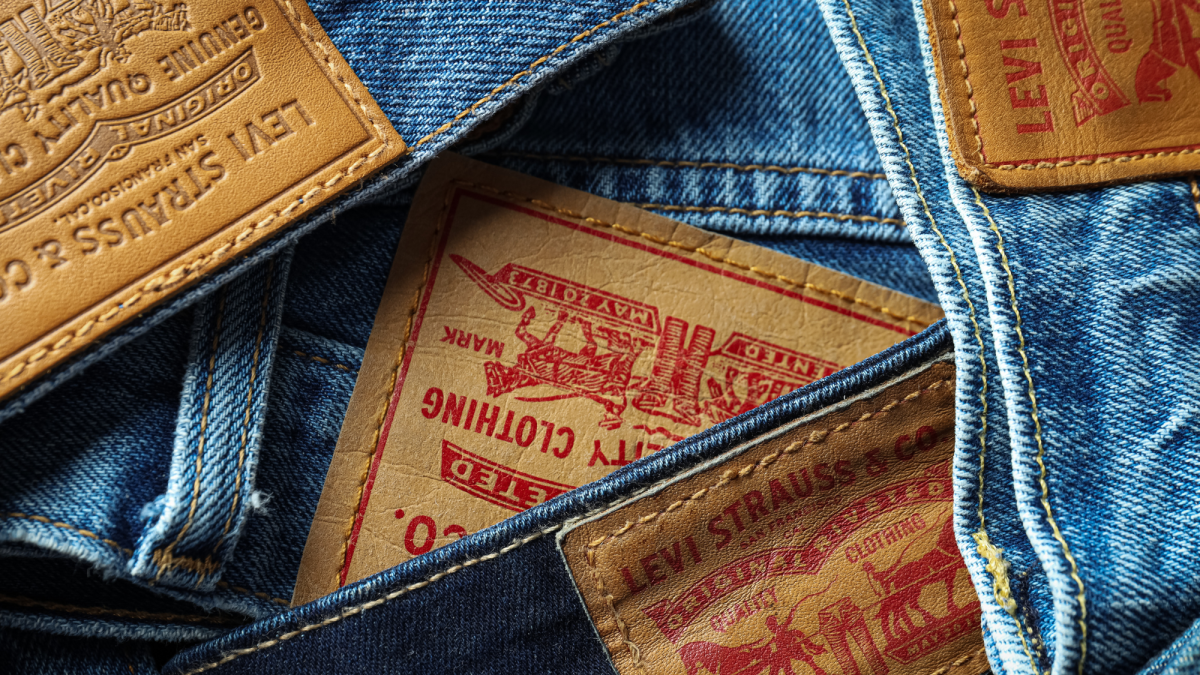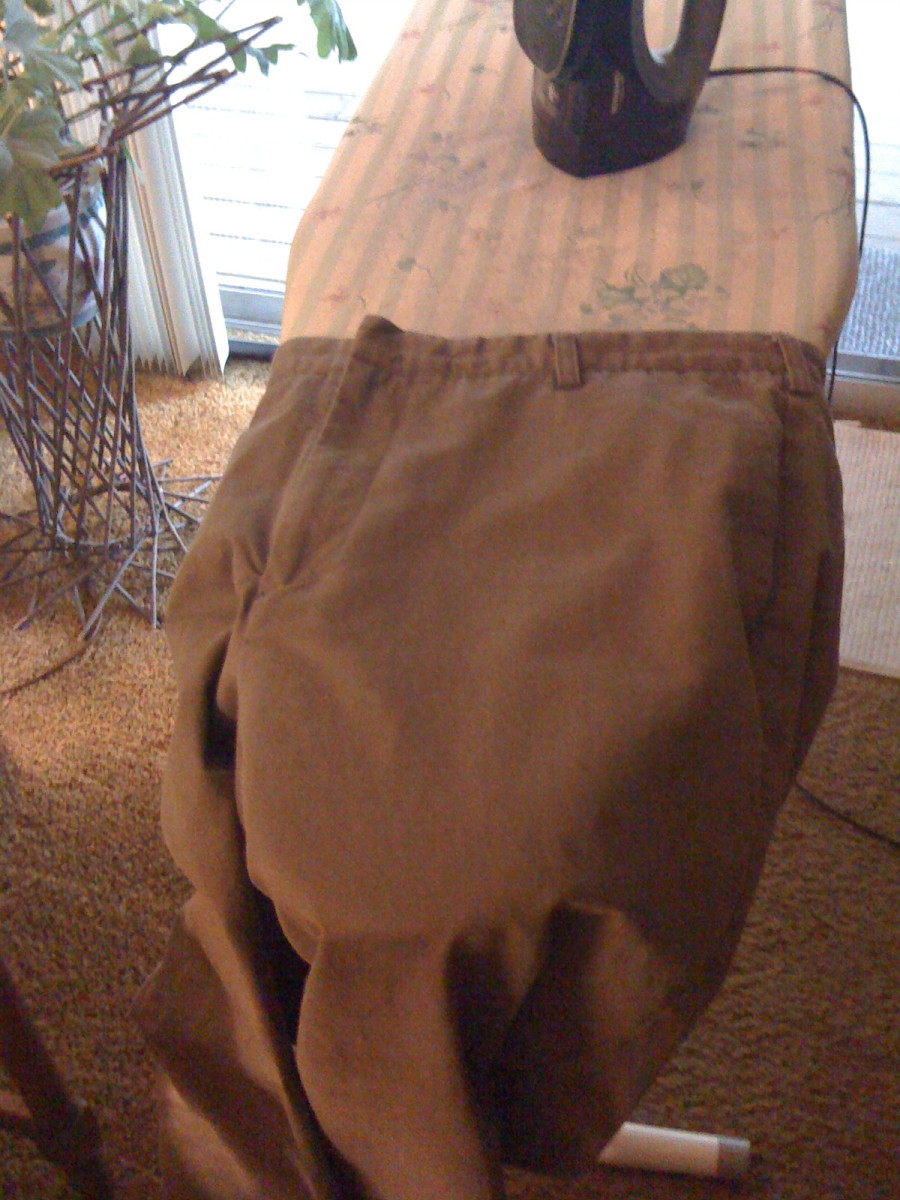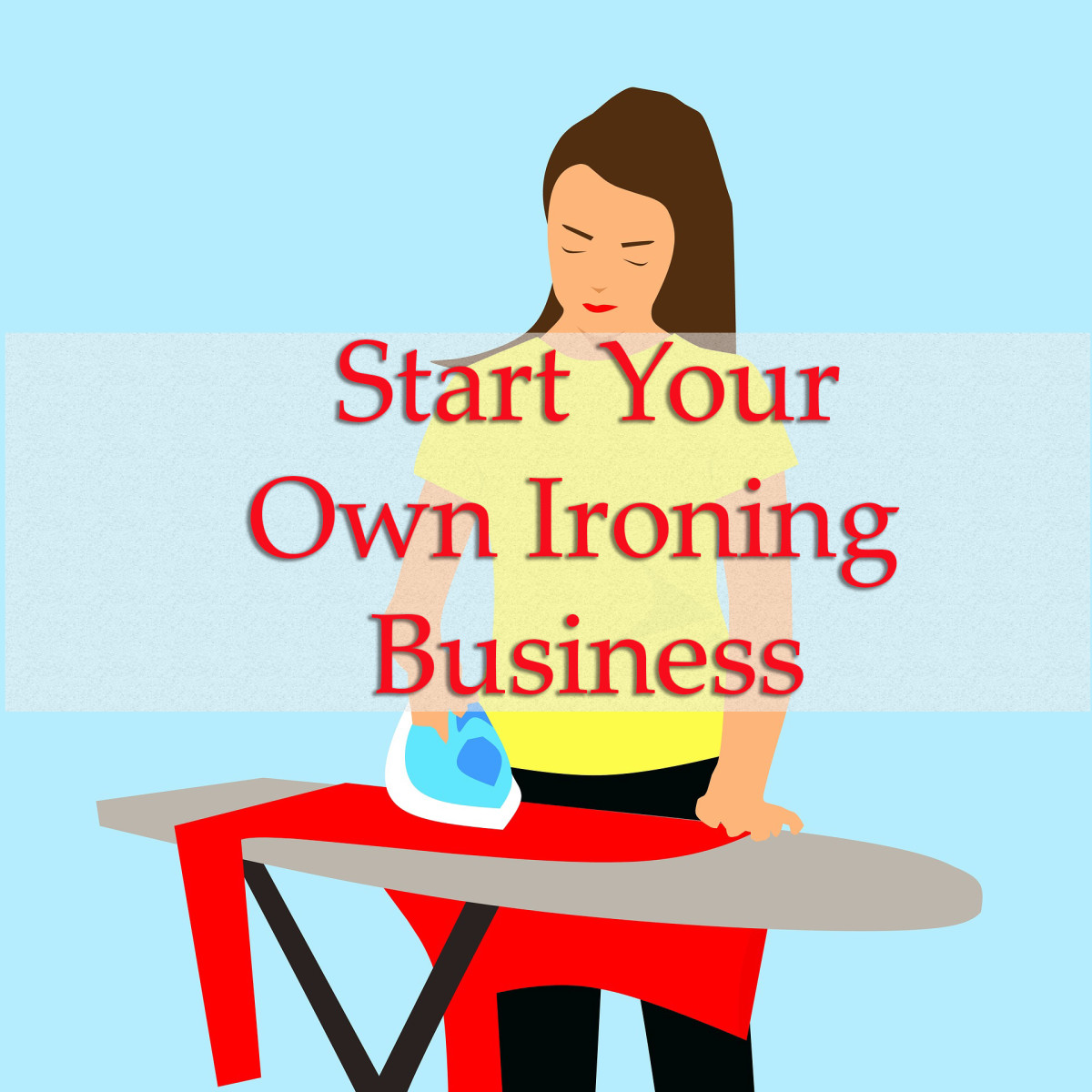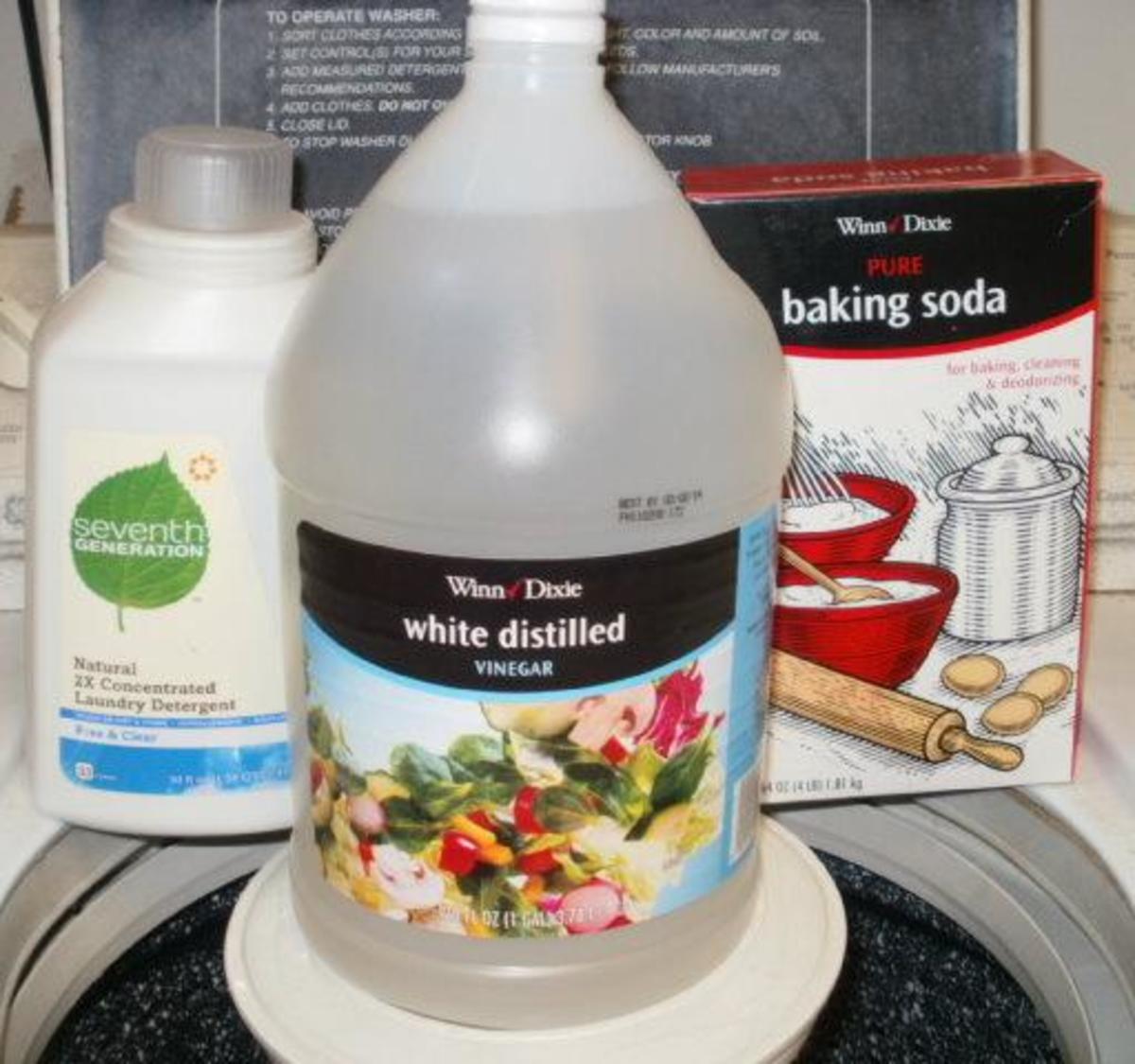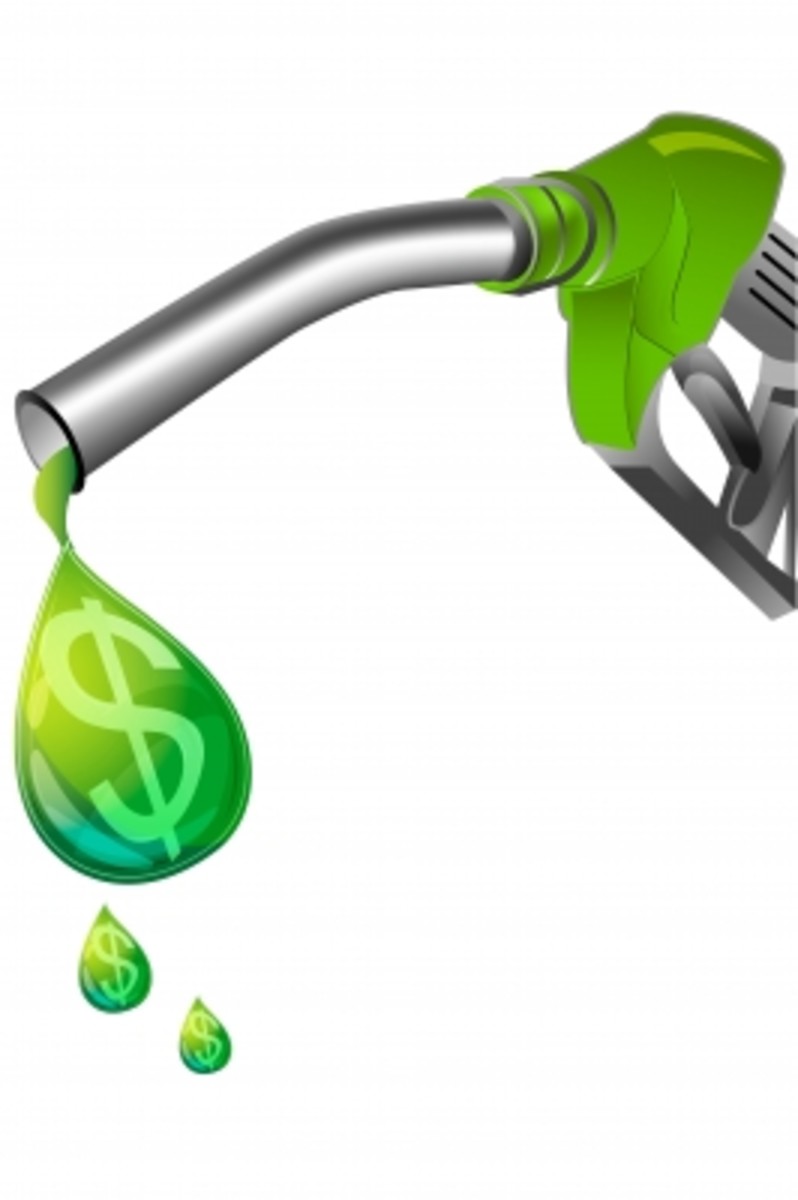Living Green Before Living Green Was Cool: Laundry
Solar Dryer
Copyright © G. Wasdin All rights reserved.
A clothes dryer was unheard of in our home until the late sixties and even then it was only used when the solar dryer was out of service. The solar dryer, better known as a clothes line, was just behind the house. Hanging out clothes was an art. The experienced homemaker knew that certain types of clothes hung in the right way would require less ironing and this was very important in the days before permanent press fabrics. Hanging clothes out to dry was and is very green.
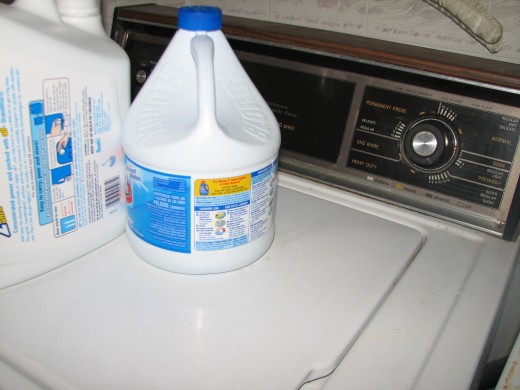
Line drying could cut carbon dioxide output
- environment-clothes dryer-clothesline-power-saving electricity - New York Times
If all Americans line-dried for just half a year, it would save 3.3% of the countrys total residential output of carbon dioxide, experts say.
Pants Stretchers
My Dad’s work pants were especially prone to wrinkles, but there were these ingenious pants stretchers that were inserted into each leg while the garments were still wet. The stretchers were adjustable so they could be placed inside the pants and then, once in place, they could be stretched out to cause the fabric to become taut therefore preventing wrinkles as the fabric dried and shrank slightly. A slight touch up with the iron was all that was needed to keep my Dad’s work wear looking neat. The pants stretchers lasted for years. I don’t know that they ever wore out but rather became obsolete as fabrics became more sophisticated and clothes dryers proliferated. Pants stretchers saved hours of ironing and therefore lots of energy, both electrical and human. Homemakers really appreciated this kind of green.
Vintage Clothes Sprinkler
The Sprinkler
Ironing, though, could not be totally avoided and this task had its own afternoon of each week to be accomplished. Sometimes the appointed hours were interrupted or just weren’t sufficient for the volume of the week and then there was the problem of how to keep the unironed items from having their wrinkles become even more entrenched. The solution for this dilemma was an empty Coke bottle with a metal sprinkler head stuck in the top by its cork encased bottom. The adapted sprinkler was filled with tap water and was used before steam irons to sprinkle water on the clothes so that steam was created and stubborn wrinkles were vanquished. Then those clothes left over from the day’s ironing session were sprinkled thoroughly, rolled up and placed in a large plastic bag or two. To keep the dampened laundry from mildewing, the bags were situated in the bottom of the refrigerator for ironing in the next couple of days. Ironing may not seem to be very green as it does require electricity, but it was done pretty much all in one session therefore not requiring the initial warming up period over and over as happens in many households today when items are ironed only as they are needed. Also, the fabrics made of sustainable, biodegradable materials and the lack of chemical treatments for wrinkle resistance, must surely have been a greener alternative than all of our present day synthetic and treated fibers.
Make It Do
Clothing and linens were not so disposable as today. There was much time spent darning socks, sewing on buttons, letting out hems, patching and repairing to keep dresses, pants, shirts, blouses, skirts, sheets, curtains and even bath linens in service. These measures were green not only in the recycling sense but also in the financial sense by saving money.
How to install your own clothesline
- How to Install a Clothesline | eHow.com
How to Install a Clothesline. A clothesline will save you money, conserve energy and give your laundry that fresh, outdoor aroma.
Sacrifice and Reward
Living greener in the fabric and laundry departments would probably be a major challenge in most households today. Many homes do not have the option of hanging clothes outside due to their urban location or homeowner association rules. Allergens and air pollution might be a deterrent for some. Pinning laundry to the line in the bitter cold is misery and fabrics dried outside may not be as soft or unwrinkled as those tumble dried. But, if you have ever experienced the fresh smell that comes from soft breezes and the natural bleaching and disinfecting qualities of sunshine in your linens and clothing, you know that they just cannot be duplicated by even the best dryer softener sheet. Those who do embark on a little backwards journey in the laundry department will find a reward that only Mother Nature can give and approve.
Copyright © G. Wasdin All rights reserved.
Another of My "Living Green" Articles
- Living Green Before Living Green was Cool
Copyright G. Wasdin All rights reserved. We lived six miles out from our very small, rural town. My mother only went into town once a week. This was busy and special day. It was her day to go to the...


